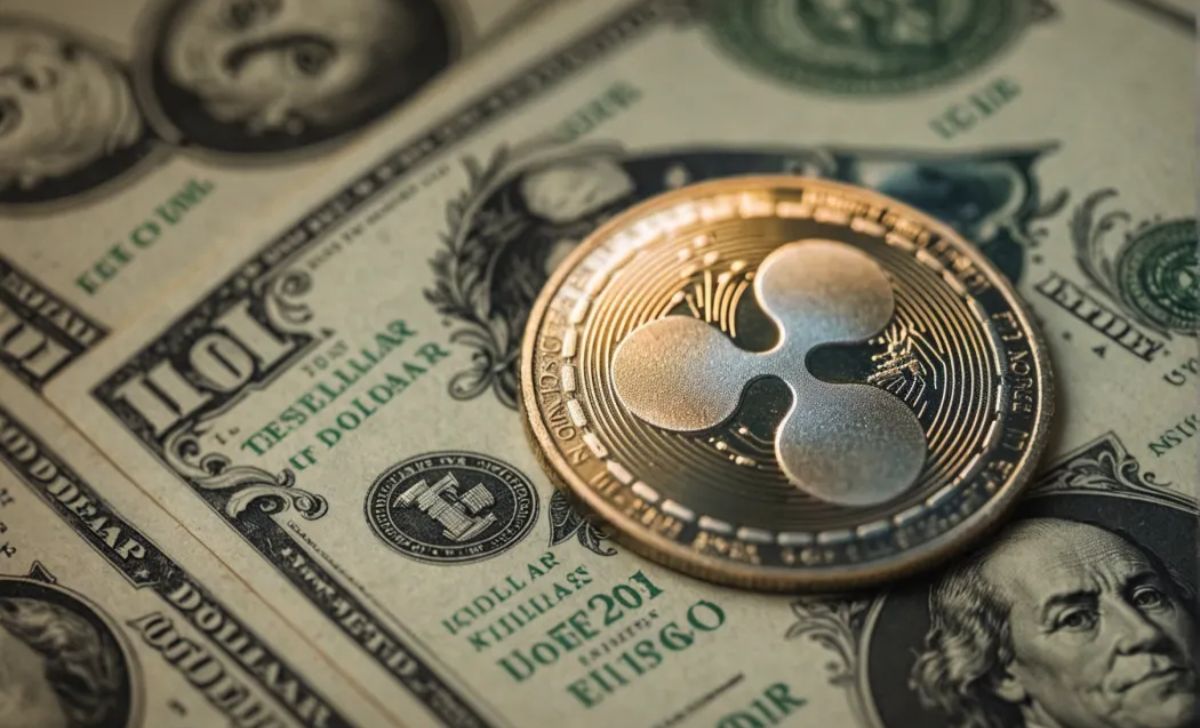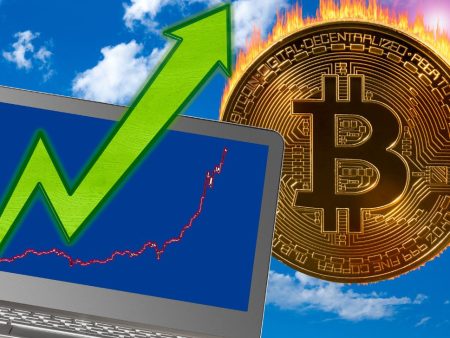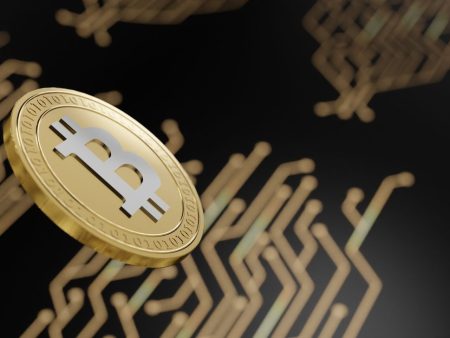On Friday, Ripple commenced testing its new stablecoin on both its own blockchain, XRP Ledger, and Ethereum. The firm unveiled its plan to introduce a U.S. dollar-pegged stablecoin, Ripple USD (RLUSD), in April. This token will be supported by short-term U.S. Treasuries, dollar deposits, and cash equivalents.
In a recent blog post, Ripple stated, “Ripple USD is currently in its beta phase and undergoing rigorous testing with our enterprise partners. This stage is critical to ensure that the stablecoin meets the highest standards of security, efficiency, and reliability before it becomes broadly available, pending regulatory approval.”
Read more: Ripple hails major win against the SEC—but looming appeal means celebration may be premature
Why is Ripple launching RLUSD?

The stablecoin sector—cryptocurrencies designed to maintain a stable value by being pegged to assets like the U.S. dollar—is experiencing rapid growth. With the market currently valued at $153 billion, Bernstein projects it could expand to $2.8 trillion by 2028. Recent data from CoinGecko shows that the trading volume of Tether’s USDT, the most popular stablecoin, exceeded Bitcoin’s by $10 billion over the past day. This surge is driven by the increasing demand for cross-border payments.
Moreover, stablecoins are seen as a primary focus for crypto regulation. The European Union set regulations for these coins in June, and the U.K. government is expected to introduce similar rules by the end of the year. Additionally, a stablecoin bill was proposed to the U.S. House of Representatives last year.
For Ripple, delving into stablecoins aligns strategically with its existing business model, which leverages the XRP token for cross-border transactions.
Read more: Ripple Hit With $125 Million Penalty, Fraction of SEC Claim
However, Ripple will enter a competitive market. Ian Taylor, head of crypto and digital assets at KPMG U.K. and a board advisor at CryptoUK, revealed to Fortune that he is collaborating with multiple payment firms and fintechs awaiting U.K. regulation to issue stablecoins. Taylor anticipates a “significant increase” in sterling-backed coins once the legislation is enacted.
“I’m not sure the market is demanding a new stablecoin,” Andy Bromberg, CEO of stablecoin wallet Beam, told Fortune. According to CoinGecko, USDT and Circle’s USDC dominate over 90% of the stablecoin market. Competing with these established leaders will be challenging for Ripple’s new entrant, especially since half of the top 10 stablecoins by market capitalization have less than $1 billion in value.
So, why launch a new stablecoin? The potential for high returns, driven by elevated interest rates on U.S. Treasuries, seems to be a major factor. Current interest rates for I bonds (a type of U.S. bond with semi-annual rate adjustments) issued between May 2024 and October 2024 stand at 4.28%, according to government data. Therefore, if Ripple’s coin achieves $1 billion in value, it could generate an annual yield exceeding $42.8 million.
“These coins are extraordinarily profitable,” Bromberg remarked.
Cre: Fortune

David Ma was born in 1980 in California, is a Vietnamese American, known as one of the entrepreneurs and investors in the field of cryptocurrency and stock market. In 2006, he graduated from Stanford University with honors and began his career in business.
Email: [email protected]











